- Learning time
- 10 minutes
- First play time
- 45 minutes
Take It Easy
Designed by: Peter Burley
Take It Easy is an extremely accessible game of pattern-forming. Each player starts with a small board and a set of hexagonal tiles, and on a turn one player randomly draws a tile and reveals it to the other players. Every player then puts the matching tile from their own set somewhere on their own board.
The tiles display three numbered lines – one vertical, and two diagonal. If you manage to establish an unbroken line of the same number from one side of your board to the other, you will score this line at the end of the game – the numbers go from 1 to 9, and as the tiles score their face value (of the unbroken lines only) a line of nines would obviously be more valuable than a line of ones.
It sounds simple and it is. What makes it intriguing is that players, even if they start with identical tile placements on their individual boards, will soon diverge and make different choices concerning their tiles. And the joy of the game is when the plan all comes together and you get that certain tile you need – more often, options are closing down, lines get broken and there are cries of frustration!
It’s a wonderfully simple game that, for all its appeal to young children, can also delight adults.
The guru's verdict

-
Take That!
Take That!
None - except fickle fate.
-
Fidget Factor!
Fidget Factor!
None - all players are involved throughout.
-
Brain Burn!
Brain Burn!
There are decisions to be made, but nothing too taxing. In fact the only fiddly bit is scoring, where a succession of smartphones often make an appearance...
-
Again Again!
Again Again!
For those it appeals to, it really appeals. The fact you can pick it up and start playing almost instantaneously doesn't hurt. It's also unusual in that if you have more than one set you can combine them together and double the number of potential players.

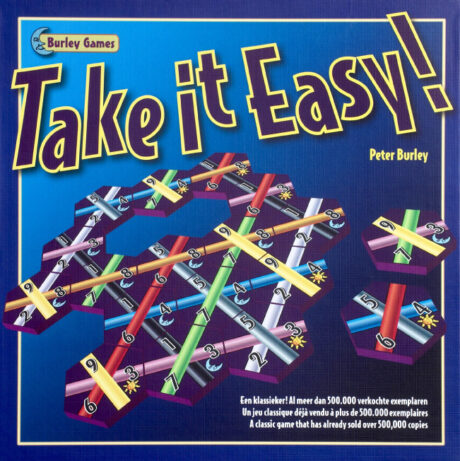
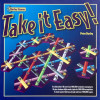
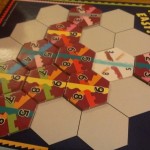
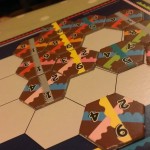
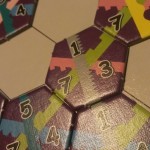
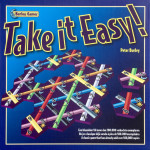


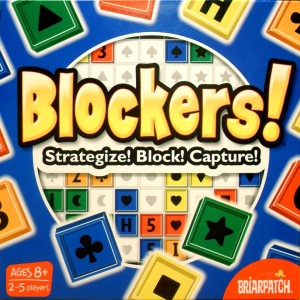
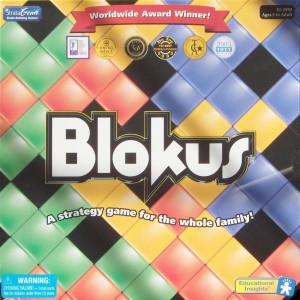
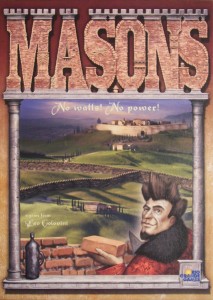
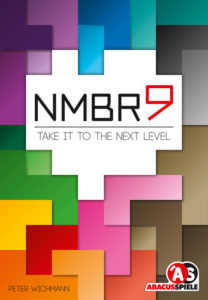

Sam says
This unassuming little thing is one of my favourite games. It might seem quite innocuous at first, but as you add your tiles and the beautifully symmetrical plans you made start to unravel before your eyes, you'll understand why the game was called Take It Easy. So, so, simple, yet so so good.